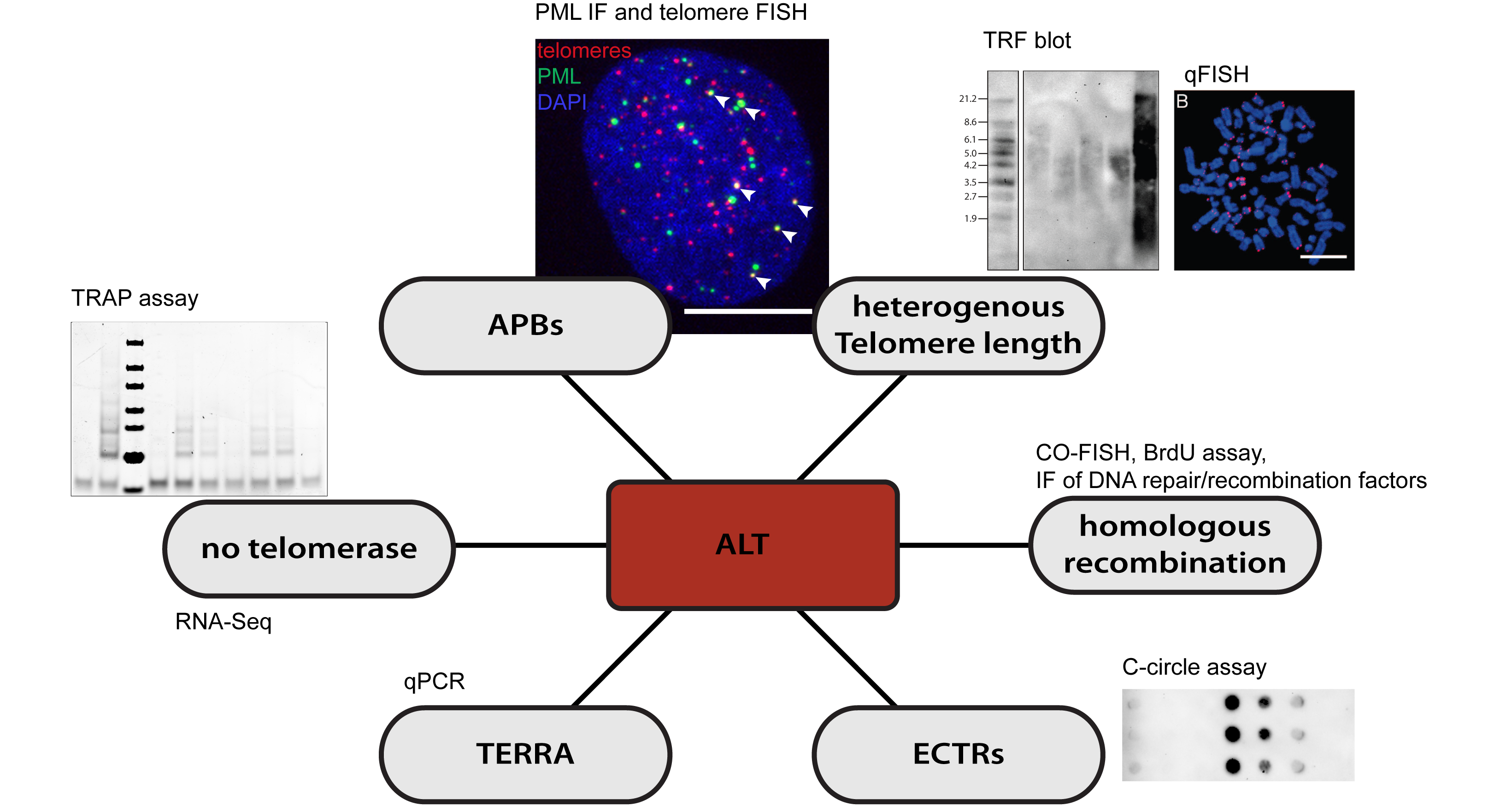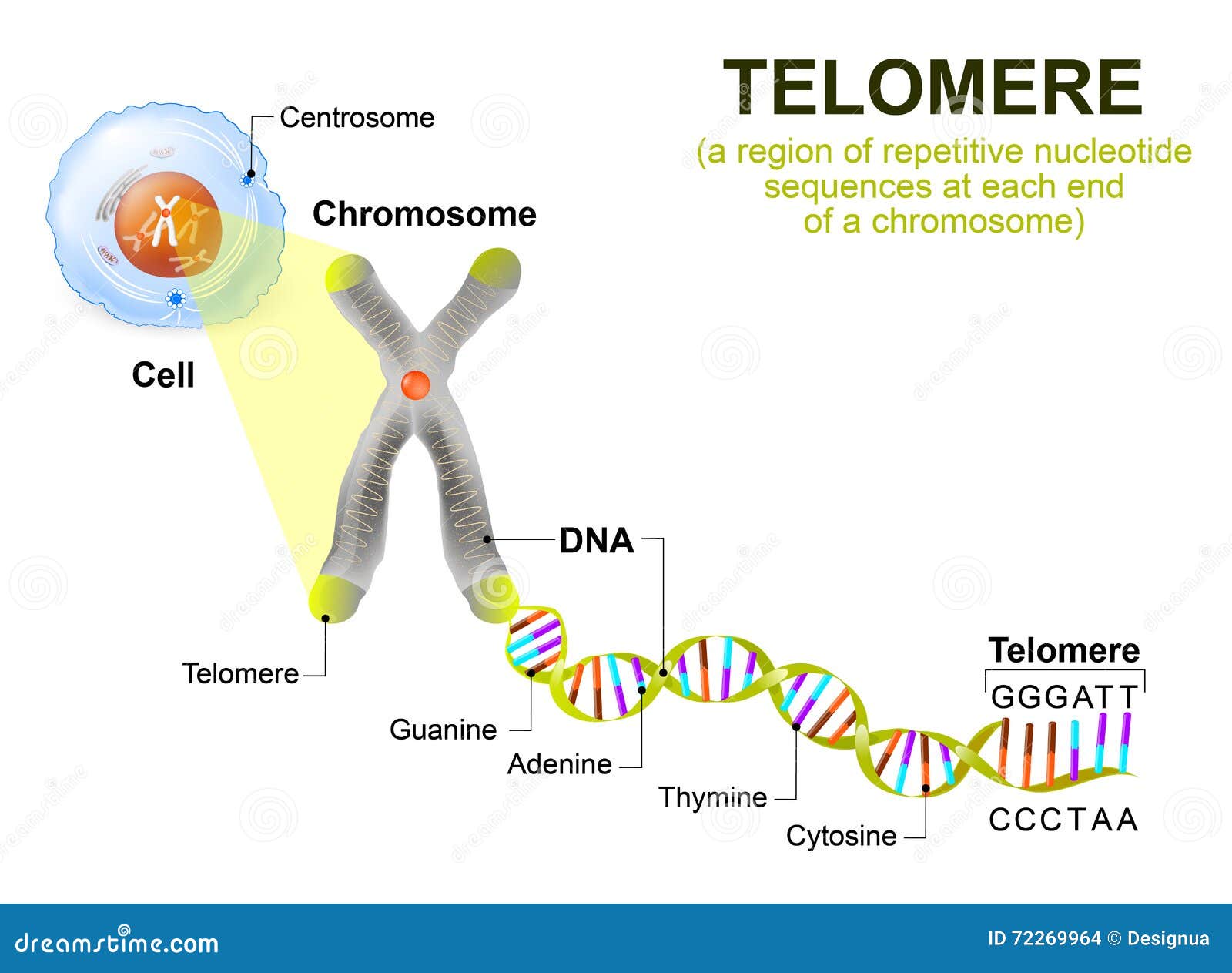Unveiling The Roles Of TRF3 In DNA Replication, Telomere Maintenance, And Cancer
Source: malone.bioquant.uni-heidelberg.de
Editor's Notes: "Unveiling The Roles Of TRF3 In DNA Replication, Telomere Maintenance, And Cancer" have published today date". This topic is critical because it offers insights into cellular mechanisms that have potential implications for therapeutic interventions and cancer treatment strategies.
Through extensive analysis and meticulous information gathering, we have curated this comprehensive guide on "Unveiling The Roles Of TRF3 In DNA Replication, Telomere Maintenance, And Cancer" to provide an in-depth understanding of this crucial protein's functions and its relevance in cancer biology.
Key Differences or Key Takeaways:
FAQ
This FAQ section provides expanded information to common questions and misconceptions regarding the essential roles of TRF3 (telomere repeat binding factor 3) in DNA replication, telomere maintenance, and cancer development.

Telomere Maintenance - Source malone.bioquant.uni-heidelberg.de
Question 1: What is the significance of TRF3 in DNA replication?
TRF3 is crucial for the accurate replication of telomeres, specialized DNA sequences at the ends of chromosomes. During DNA replication, TRF3 interacts with the catalytic subunit of telomerase, an enzyme responsible for synthesizing telomeric DNA, and facilitates the extension of telomeres. This process ensures the integrity and stability of chromosomes during successive cell divisions.
Question 2: How does TRF3 regulate telomere maintenance?
TRF3 plays a primary role in telomere maintenance by protecting them from degradation and end-to-end fusion. It binds to the double-stranded overhangs at telomeres, forming the T-loop structure that conceals the chromosome ends and inhibits the activation of DNA damage response pathways. Additionally, TRF3 regulates telomere length homeostasis by modulating telomerase activity and controlling the rate of telomere shortening.
Question 3: What is the implication of TRF3 dysfunction in cancer development?
Defective TRF3 function has been associated with numerous types of cancer. Dysregulation of TRF3 can lead to telomere dysfunction, which triggers genomic instability and promotes cancer cell proliferation. Moreover, TRF3 has been shown to interact with proteins involved in DNA repair pathways, and its impairment can compromise the integrity of the genome and contribute to cancer development.
Question 4: What are the potential therapeutic applications of targeting TRF3 in cancer?
Inhibition of TRF3 has emerged as a promising therapeutic strategy for cancer treatment. By disrupting telomere maintenance and inducing telomere crisis, TRF3 inhibitors can selectively target cancer cells, leading to their regression or death. Additionally, TRF3 inhibition has been shown to enhance the efficacy of conventional cancer therapies such as chemotherapy and radiation, offering potential for improved patient outcomes.
Question 5: Is there a link between TRF3 and aging?
TRF3 is closely associated with cellular aging and lifespan regulation. With each cell division, telomeres gradually shorten, and when they reach a critical length, cells enter senescence or apoptosis, contributing to the aging process. TRF3 plays a critical role in counteracting telomere shortening and promoting cell survival, thereby influencing organismal longevity.
Question 6: How can further research on TRF3 advance our understanding of biology and disease?
Continued research on TRF3 is vital to unravel its intricate roles in DNA replication, telomere biology, and cancer development. By elucidating the molecular mechanisms underlying TRF3 function, we can gain valuable insights into the fundamental processes of cell division, aging, and disease pathogenesis. Such knowledge can lead to the development of novel therapeutic strategies for a wide range of human diseases, including cancer, age-related disorders, and genetic conditions.
This concludes the FAQ section, providing a comprehensive overview of the essential roles of TRF3 in DNA replication, telomere maintenance, cancer, and other biological processes.
Tips
Telomere Repeat Factor 3 (TRF3) plays a crucial role in DNA replication, telomere maintenance, and cancer progression. Understanding its functions provides valuable insights into fundamental cellular processes.
Tip 1: Recognize TRF3's Role in Telomere Stability
TRF3 stabilizes the ends of chromosomes, known as telomeres, preventing their degradation and fusion. By maintaining telomere integrity, it ensures proper cell division and prevents genomic instability, a hallmark of cancer cells.
Tip 2: Understand TRF3's Involvement in DNA Replication
TRF3 participates in the replication of telomeres, ensuring their faithful duplication. It recruits other factors to the telomere and facilitates the synthesis of telomeric DNA, which is essential for maintaining telomere length.
Tip 3: Explore TRF3's Role in Cancer Development
TRF3 is frequently implicated in cancer progression. Its overexpression can lead to telomere elongation, which promotes cell immortality and contributes to tumor growth. Conversely, TRF3 mutations or deletions can result in telomere shortening and genomic instability, increasing the risk of cancer development.
Tip 4: Investigate TRF3's Potential as a Therapeutic Target
TRF3's dual role in telomere maintenance and cancer presents it as a promising therapeutic target. By modulating TRF3 activity, it may be possible to inhibit tumor growth or induce cell death in cancer cells. Unveiling The Roles Of TRF3 In DNA Replication, Telomere Maintenance, And Cancer provides a comprehensive overview of these aspects and highlights potential therapeutic strategies.
Tip 5: Continue Researching TRF3's Functions
Further research is crucial to fully elucidate TRF3's multifaceted roles. Investigating its interactions with other proteins and exploring the effects of TRF3 modulation in various cellular contexts will deepen our understanding of its functions and uncover novel therapeutic avenues for cancer treatment.
Summary:
TRF3 plays a vital role in DNA replication, telomere maintenance, and cancer progression. Understanding its diverse functions and exploring its potential as a therapeutic target will contribute to the advancement of cancer research and the development of novel treatment strategies.
Unveiling The Roles Of TRF3 In DNA Replication, Telomere Maintenance, And Cancer
TRF3, an essential shelterin complex protein, plays multifaceted roles in DNA replication, telomere maintenance, and cancer progression. Understanding these roles is critical for advancing cancer research and developing therapeutic strategies.
- DNA Replication: TRF3 interacts with DNA polymerases and assists in replication fork progression.
- Telomere Maintenance: TRF3 protects telomeres from degradation and facilitates their elongation by telomerase.
- Replicative Senescence: TRF3 regulates cellular senescence through its role in telomere shortening.
- DNA Damage Response: TRF3 participates in DNA damage responses, including non-homologous end joining.
- Genomic Instability: TRF3 loss leads to genomic instability, chromosomal aberrations, and cancer development.
- Cancer Progression: TRF3 overexpression is associated with cancer progression, metastasis, and resistance to therapies.
In conclusion, TRF3 plays crucial roles in DNA replication, telomere maintenance, and cancer. Its multifaceted functions highlight its potential as a therapeutic target for cancer treatment. Further research is needed to fully elucidate the mechanisms of TRF3 action and develop effective therapeutic strategies that exploit its activities.

Telomere - Source ar.inspiredpencil.com

Human Cell, Chromosome And Telomere Cartoon Vector | CartoonDealer.com - Source cartoondealer.com
Unveiling The Roles Of TRF3 In DNA Replication, Telomere Maintenance, And Cancer
Telomere repeat-binding factor 3 (TRF3) is a protein that plays a vital role in DNA replication, telomere maintenance, and cancer. TRF3 is a member of the shelterin complex, which protects the ends of chromosomes and prevents them from fusing with each other. TRF3 also plays a role in DNA replication by recruiting the DNA polymerase α-primase complex to the telomeres. The importance of TRF3 in these processes is highlighted by the fact that mutations in TRF3 have been linked to a variety of human diseases, including cancer.

DNA Replication in Eukaryotes – Biology 2e Part I, 2nd edition - Source louis.pressbooks.pub
TRF3 is a key regulator of telomere maintenance. Telomeres are specialized DNA sequences that protect the ends of chromosomes from degradation and fusion. TRF3 binds to telomeres and prevents them from being degraded by exonucleases. TRF3 also recruits the telomerase enzyme to the telomeres, which elongates the telomeres and prevents them from becoming too short. Telomere shortening is a natural part of the aging process, but it can also be caused by factors such as stress, smoking, and obesity. Excessive telomere shortening can lead to cell death and cancer.
TRF3 mutations have been linked to a variety of human diseases, including cancer. Mutations in TRF3 can lead to telomere shortening and cell death. In addition, TRF3 mutations can also lead to the activation of oncogenes, which can promote cancer cell growth. TRF3 mutations are commonly found in hematologic malignancies, such as acute myeloid leukemia (AML) and myelodysplastic syndrome (MDS). TRF3 mutations have also been found in solid tumors, such as breast cancer and lung cancer.
The study of TRF3 is important for understanding the basic mechanisms of DNA replication, telomere maintenance, and cancer. TRF3 is a promising target for the development of new cancer therapies. Therapies that target TRF3 could lead to the development of new treatments for cancer and other diseases that are caused by TRF3 mutations.
Conclusion
TRF3 is a key regulator of DNA replication, telomere maintenance, and cancer. TRF3 mutations have been linked to a variety of human diseases, including cancer. The study of TRF3 is important for understanding the basic mechanisms of DNA replication, telomere maintenance, and cancer. TRF3 is a promising target for the development of new cancer therapies.
The continued study of TRF3 and its role in DNA replication, telomere maintenance, and cancer is likely to lead to new insights into the development of cancer and other diseases.
Canucks Vs. Sharks: Battle For California Coastal Supremacy, Marcio Gomes: A Legendary Figure In Botafogo's History, Guarany De Bagé: A Time-Honored Tradition Of Brazilian Beer Excellence, Robinho's Son Continues Father's Legacy In Brazilian Football, Virginia Fonseca: Brazilian Digital Influencer, Motherhood, And Business Success, Economic Calendar: Track Key Events And Market-Moving Data, Stade Briochin Stuns OGC Nice In French Cup Upset, Corinthians Triumphs Over Santos In Thrilling Football Encounter, Nuggets Vs. Pelicans: Western Conference Clash For Playoff Positioning, Moto Club X Ferroviário: A Historic Alliance In Brazilian Football,